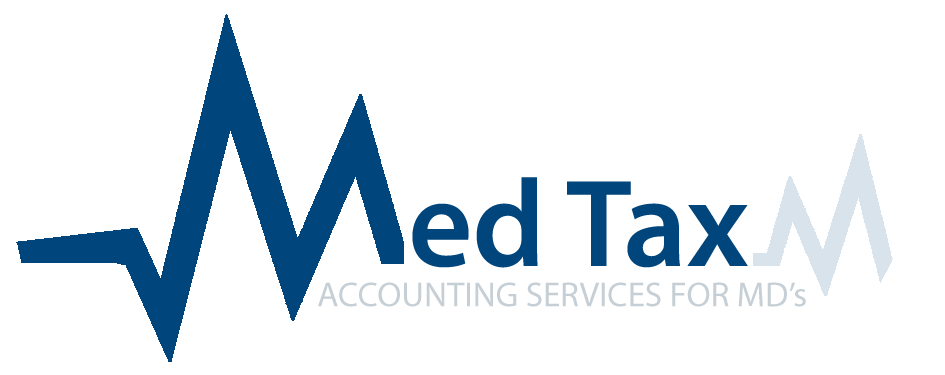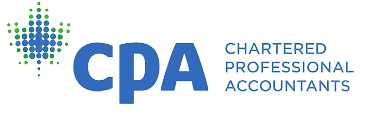Medical school is extremely expensive, and for most students, incurring debt is unavoidable. The good news is, there are many sources of financial aid that are available to students. In addition to the usual offerings such as scholarships, grants and student loans, another option for financial assistance is a student line of credit (LOC). Most if not all of Canada’s major banks offer Professional Student Lines of Credit for students enrolled in a medical program. To find out the cost of repaying your student loan, hop on our blog section here for more information.
Below are a few key advantages and disadvantages that can help aid in your decision of whether or not a Student Line of Credit is right for you.
PROS
A key differentiating factor of a line of credit is that you are only charged interest on the amount that is used, in contrast to a loan, in which you pay interest on the total borrowing limit. Typically, LOC’s also have lower interest rates, which are determined by the lender’s prime rate, with some lenders offering prime minus 0.25% for students.
A student line of credit allows for much more flexibility than a student loan. Instead of taking the entire loan amount upfront, you can continue to borrow and repay repeatedly, up to your credit limit. This gives you more control over how much you borrow over time, so you can manage your finances accordingly.
Perhaps the largest benefit of a student line of credit is that it can be used for purposes beyond school-related expenses, making it a particularly attractive option to many. Besides the obvious expenses such as tuition, books, supplies, food and transportation, a student line of credit can also be stretched to help achieve other financial goals such as making a down payment, buying a vehicle, or paying off other high-interest loans or debt.
CONS:
While interest rates are typically lower, the lending rate is subject to fluctuation, meaning that if the rate set by the lender increases or decreases, the amount of interest owing will also change to reflect these changes.
As soon as you borrow money from the line of credit, you start accumulating interest, and are required to start repaying that interest immediately, whereas student loans are interest-free until you have graduated from medical school.
Because these funds are so easily accessible, it can be tempting to capitalize on the maximum amount available to you. However, if not managed properly, this can result in racking up more debt in the long run.
While there are certainly benefits to a student line of credit, the decision to borrow should never be taken lightly. It is highly recommended that medical students work with a financial advisor to devise a proper financial plan that ensures they can stay on track with their expenses, while still being able to meet their financial goals.
Have any questions related to paying back student loans? Contact one of our experts here and they will be happy to help!







